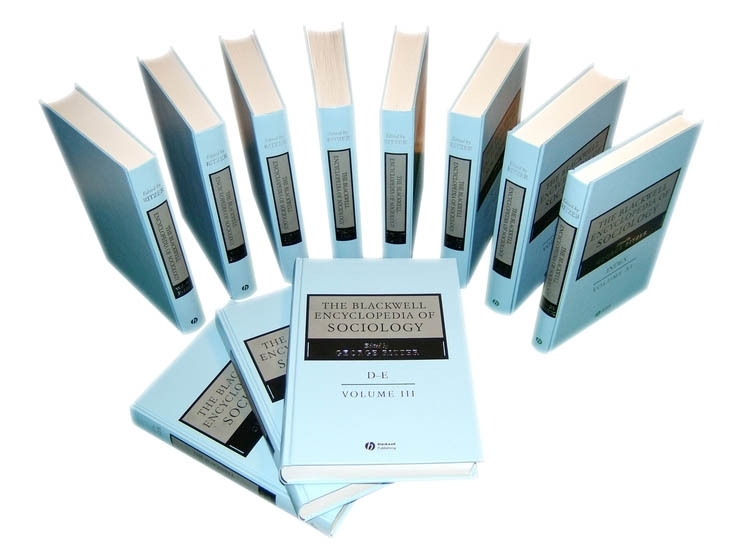Japanese-Style Management
Abstract
Japanese-style management (JSM) (nihonteki keiei) is a loosely defined term used to indicate the way in which work was organized and employees managed in firms and other corporate bodies in postwar Japan. As a historical descriptor, its meaning has shifted over time as microeconomic and macroeconomic realities changed. At the same time, the term is used to distinguish those employment practices that are alleged to be uniquely Japanese (nihonteki) and to have a peculiarly Japanese cultural imprint from management practices in Japan more generally (nihon no kei-ei or nihon ni okeru kei-ei). Using the term to indicate the packaged set of practices that are described in this entry – namely long-term employment, seniority wages, and enterprise unionism – most observers acknowledge that such packages exist mainly in Japan's large firms. In this context, JSM was popularly used in an all-encompassing manner in the 1970s to delineate a number of inter-related practices demarcating work practices in Japan from those found elsewhere. In reality, the term described an ideal arrangement for core employees in Japan's largest firms. Today, the term is less used, as the tenured core labor force shrinks and attention has shifted from the utility of JSM as a way of engaging employees in a collective effort toward higher productivity to the role of JSM as a membership system that distinguishes a privileged set of core employees from those in the peripheral labor force.



